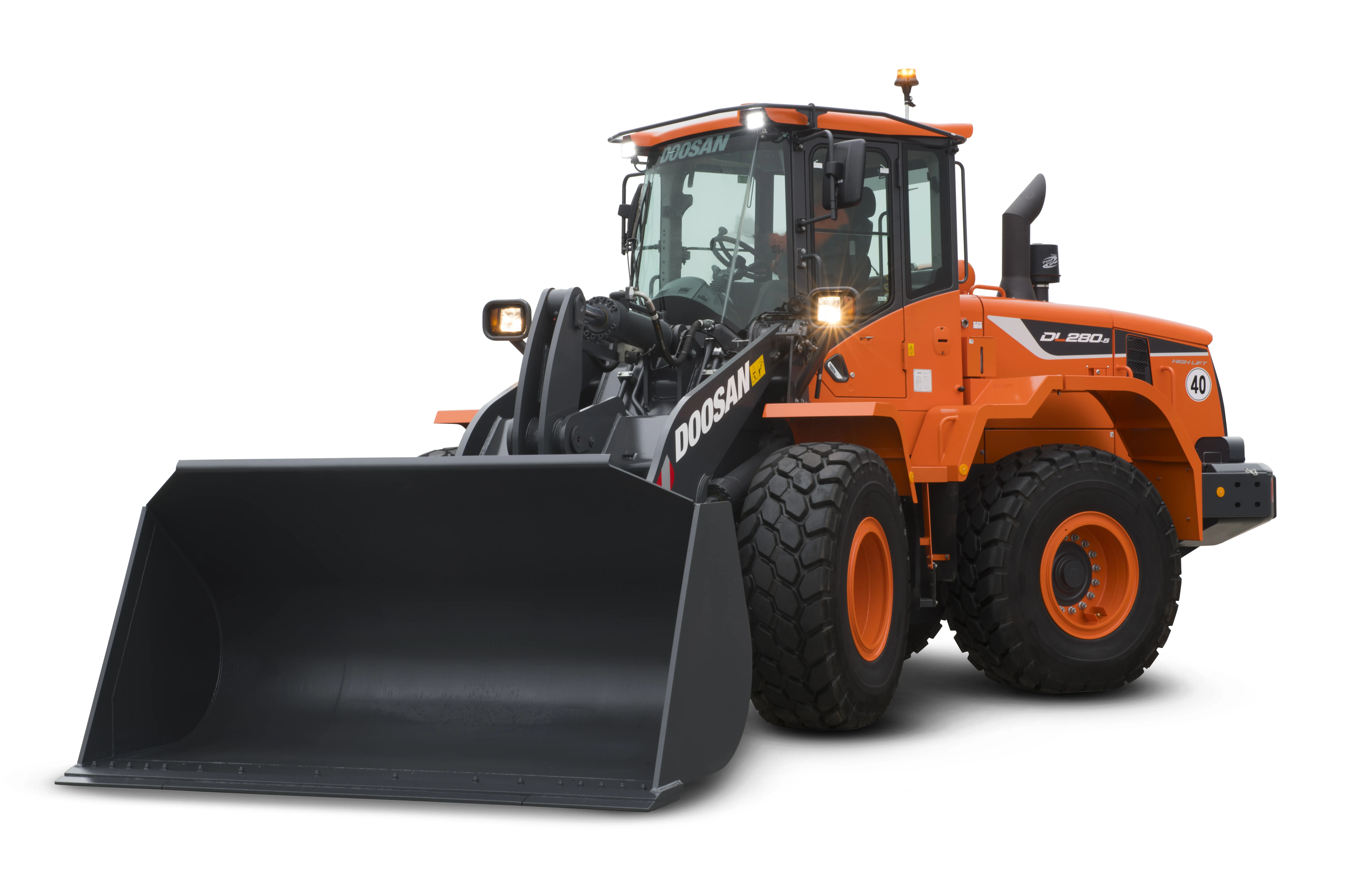Hemisphere GPS says that its new Earthworks excavator grade control system suits use with small to medium-sized contractors. The package is said to be simple and affordable and displays bucket position relative to desired grade, improving accuracy and efficiency when digging foundations, trenching, cutting a slope and in many other excavation applications.
April 4, 2012
Read time: 2 mins

Called Earthworks X100, the system includes three rugged angle sensors and a touchscreen terminal that displays the bucket teeth or tool position to within 20mm. The system can be upgraded to either Earthworks X200 or X300, the full 2D and 3D excavator grade control systems capable of shaping dual-slopes and more complex design surfaces. Using Earthworks X100, the operator sets the desired grade line in the terminal, references the bucket or tool and then digs or fills to grade based on the visual feedback from the terminal. Bucket or tool position relative to grade is displayed graphically along with a numerical cut/fill readout.
Improvements to productivity and accuracy are immediate as manual grade checking is no longer necessary. The operator can remain safe and comfortable in the cab making the best use of the operating hours. The company also plans to expand its Earthworks product portfolio by offering complementary blade solutions.









